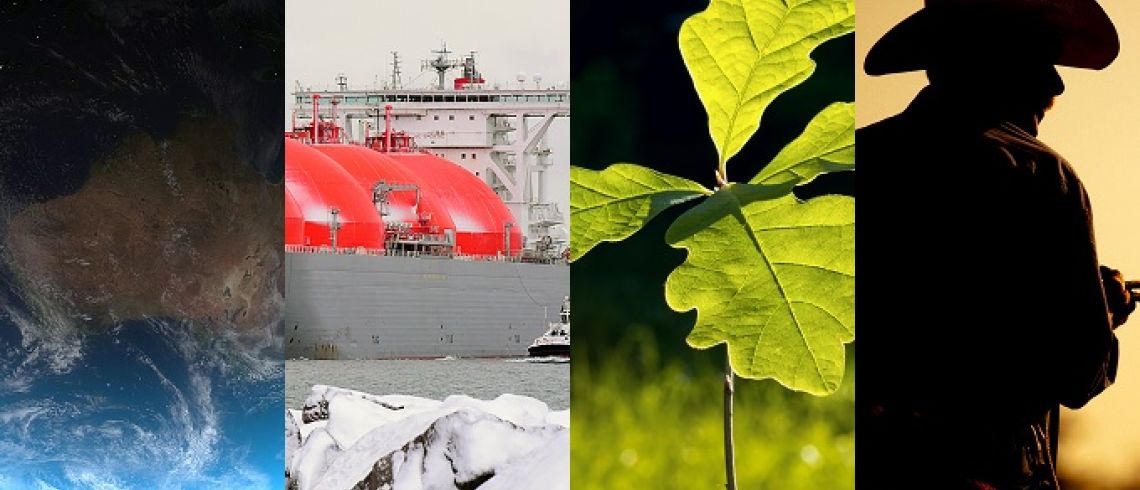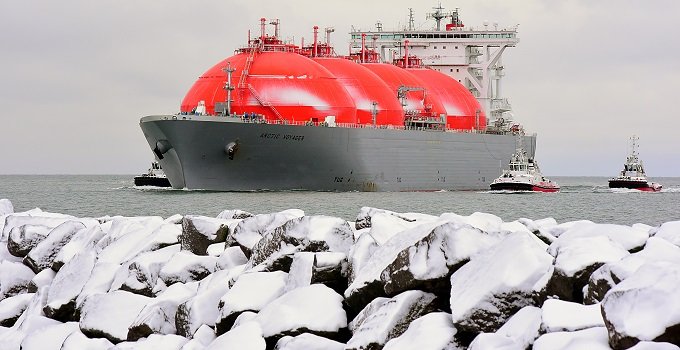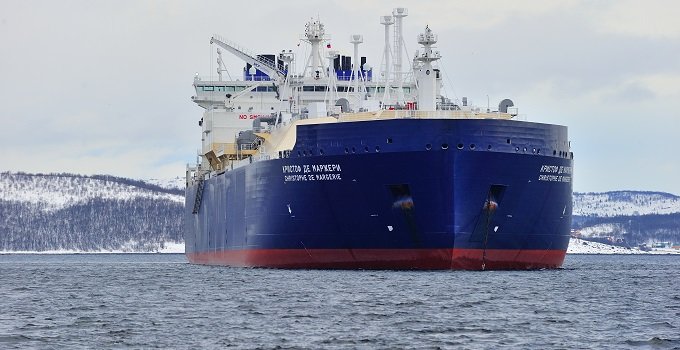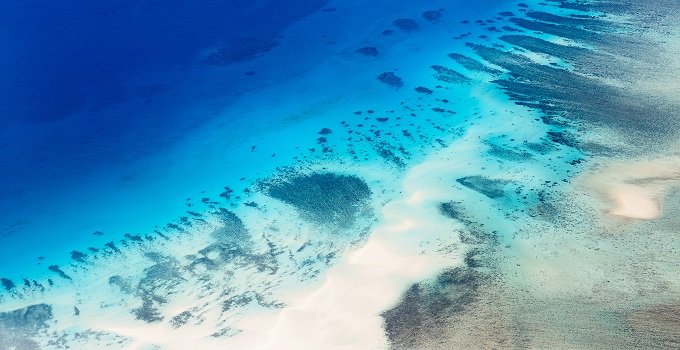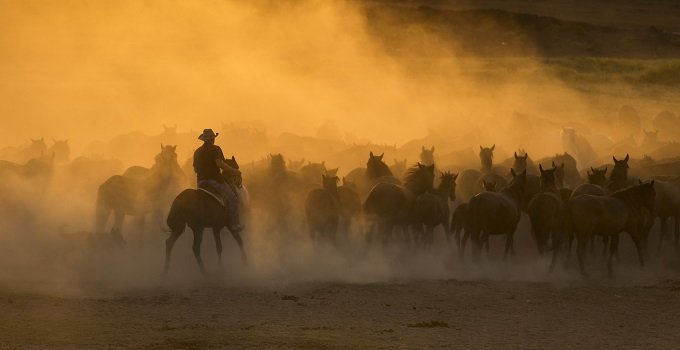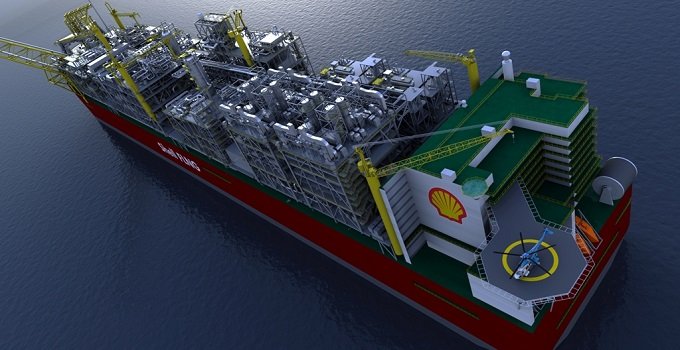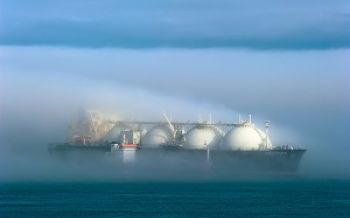Click below to read our ten most popular features and interviews over the past year.
Kathleen Eisbrenner believes that leading the second wave of US LNG will be her company’s proposed 27 mtpa Rio Grande LNG project, which she claims will be the world’s most competitive. What’s more, it will become the gateway for new gas resources in the Permian and Eagle Ford basins, large enough to make Texas a “stranded gas play”.
Shell published its first LNG Outlook in February, setting out its views on the prospects for the LNG industry up to 2030. It came hard on the heels of BP’s annual Energy Outlook, which contained its views on how the gas and LNG businesses may develop out to 2035. Both oil majors were bullish on future growth of LNG demand, estimating average growth rates of around 4-5% per annum over the forecast period, which would take global LNG output from the 2016 figure of 265 mt to nearly 500 mt by 2030.
You can now read our LNG Outlook 2018: Growth and resilience, which you can also download as a PDF.
In his 1889 novel, A Connecticut Yankee in King Arthur’s Court, Mark Twain wrote: “Many a small thing has been made large by the right kind of advertising.” Raising the profile of mini liquefaction is certainly a priority for companies such as Dresser-Rand, Linde Engineering, GE Oil & Gas and Wartsila, as they race to make big business out of relatively tiny liquefaction trains.
The times have changed for the global LNG industry. A key uncertainty is the role of new LNG heading to Europe’s markets, its impact on the global supply balance and its effect on gas prices on either side of the Atlantic. In March, LNG Business Review talked to Chris Schemers, BP’s head of European gas and power origination, about the state of play of the European energy market.
Yamal LNG sent out its first cargo this month. In April, we took a close look at the project, which has had to deal with an inhospitable, remote location and unstable permafrost terrain, a lack of existing infrastructure, a sensitive and politically controversial Arctic environment, the need for LNG carriers to break through thick ice for most of the year, and geopolitical factors that include sanctions imposed on Russia by the US and the European Union.
The positive final investment decision on the Coral South floating LNG (FLNG) project at the start of June meant that at last Mozambique could look forward to becoming an LNG exporter in the early 2020s. It was, however, a long-delayed and modest beginning considering the huge gas discoveries made in the offshore Rovuma Basin between 2010 and 2013. A big question arose: how much more LNG development can be expected in Mozambique – and when?
Our first feature of 2017 looked at the United Arab Emirates, one of the world’s longest-standing LNG exporters. Although it has the seventh largest gas reserves in the world and a pipeline link to neighbouring Qatar’s huge resources, it has been importing LNG since 2010. The UAE’s LNG imports are driven by the energy needs of a fast-growing and gas-dependent economy, especially in power generation. But with substantial gas resources of its own and the start-up this year of the country’s first nuclear power plant, the longer-term future of LNG imports is unclear.
In February 2016, the Lower 48 United States began LNG exports from Cheniere’s Sabine Pass facility on the Gulf of Mexico. With other new plants in this first wave of export projects starting up soon, the US is expected to have the capacity to produce 70 mtpa of LNG by 2020, becoming the world’s third largest LNG producer behind Australia and Qatar. But with buyers not recovering the full cost of their purchases, and one major buyer talking of trying to modify its commitments, what lessons can be learned for future projects? And while Sabine Pass remains the only Lower 48 exporter, how are the other first wave export projects faring?
The Malaysian Petronas FLNG Satu (PFLNG Satu) project, which produced its first drop of LNG a year ago, became in 2017 the first functioning manifestation of a technology that has been decades in development. But this milestone came at a time when the future for FLNG projects is clouded by unhelpful market conditions and the growing realisation that moving natural gas liquefaction offshore is more technically challenging than project sponsors, shipyards and engineering contractors anticipated.
Subscription Benefits
Our three titles – LNG Business Review, Gas Matters and Gas Matters Today – tackle the biggest questions on global developments and major industry trends through a mixture of news, profiles and analysis.
LNG Business Review
LNG Business Review seeks to discover new truths about today’s LNG industry. It strives to widen market players’ scope of reference by actively engaging with events, offering new perspectives while challenging existing ones, and never shying away from being a platform for debate.
Gas Matters
Gas Matters digs deep into the stories of today, keeping the challenges of tomorrow in its sights. Weekly features and interviews, informed by unrivalled in-house expertise, offer a fresh perspective on events as well as thoughtful, intelligent analysis that dares to challenge the status quo.
Gas Matters Today
Gas Matters Today cuts through the bluster of online news and views to offer trustworthy, informed perspectives on major events shaping the gas and LNG industries. This daily news service provides unparalleled insight by drawing on the collective knowledge of in-house reporters, specialist contributors and extensive archive to go beyond the headlines, making it essential reading for gas industry professionals.

